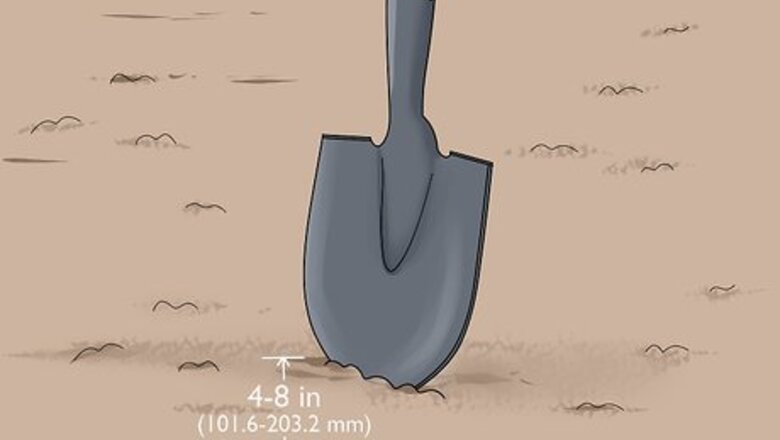
views
Installing a Fabric Silt Fence
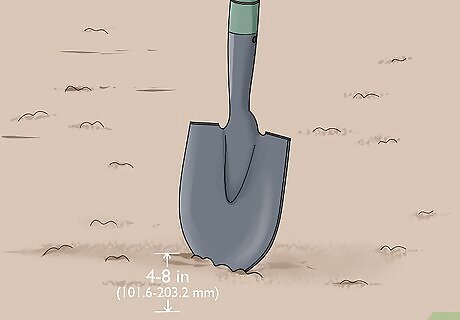
Dig a 4-8 inch (101.6-203.2 mm) deep trench. Use a shovel or backhoe and dig a 4-8 inch deep (101.6-203.2 mm), 4-inch wide (101.6 mm) trench on the bottom of a slope, where water is likely to pool. The trench should be curved or look like a J hook so that the water pools behind the fabric.
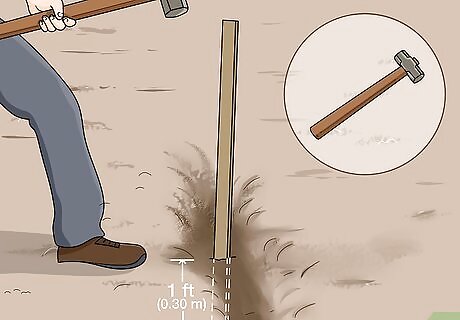
Hammer wooden stakes on the downslope of the hill. Purchase 2-inch thick (50.8 mm), 4-foot long (1.21 m) posts from the hardware store. The stakes should be placed on the lower part of the trench. Use a hammer to drive the stakes 1 foot (0.30 m) (304.8 mm) into the ground. Place each stake 3–5 feet (0.91–1.5 m) (1 - 1.5) meters next each other and run the wooden stakes across the entire length of the trench.
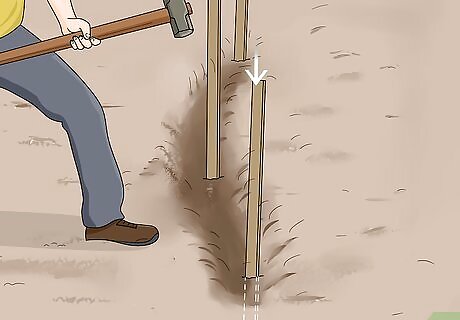
Place two stakes 1.5 feet (0.5 m) (45.72 cm) upslope on each end of the trench. These posts will be on the end of your fence and will prevent the flow from bypassing the sides of the fence. Hammer these posts in like you did with the rest of your wooden stakes. Your fence should now look somewhat curved.
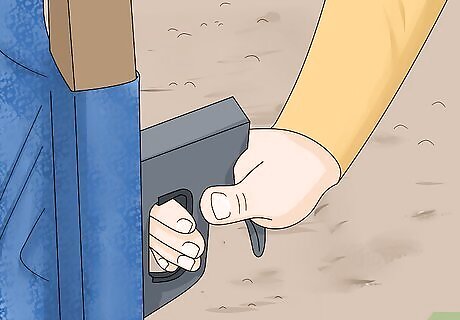
Wrap and staple the silt fence around the stakes. You can purchase silt fence material at the hardware store or online. Measure the length of the desired fence so that you know how much silt fence fabric you'll need for the entire fence. Unroll the silt fence fabric and wrap it across the stakes so that the bottom of the fabric rests in the trench. As you wrap the silt fence onto one side of the stakes, use a staple or hammer gun to attach the fabric to the stakes. Silt fence fabric is made of a special material that can filter out sediment while allowing water to flow. 100 feet (30.48 m) of fabric will cover most silt fences.

Fill the trench with dirt. Keep the bottom of the fabric in the trench while using a shovel to fill the trench back up with dirt. Pack down the dirt over the silt fence material so that the material runs under ground. Continue along the length of the trench until the entire thing is filled back in. Your silt fence is complete once you've packed in all the dirt.

Do not place silt fences across ditches or streams. Constantly running water is too much water for a silt fence to handle. Silt fences are best put in places where water pools, not where water flows.
Maintaining the Silt Fence
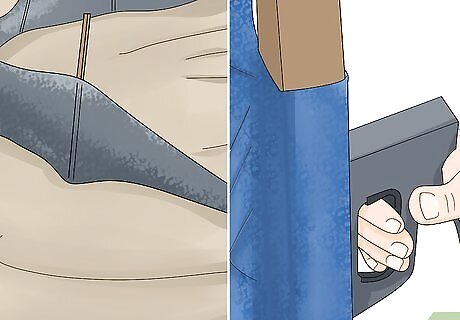
Repair the fence if it breaks or bursts. If there is a heavy rain, it's possible that your silt fence will break or burst. In this case, you should replace the fallen planks with new ones and ensure that there are no tears or rips in the fence fabric. If there is, purchase new fence fabric and replace the old fabric.

Monitor the fence to make sure the water pools. If the water runs around the ends of the silt fence, it is virtually useless. Make sure that the water pools behind the fabric of the fence and gets filtered through the silt fence fabric. If it's not, you should evaluate your design and make sure that you placed stakes upslope on each end of the fence. If water is running around the ends of the silt fence, you'll have to find a better place for it.
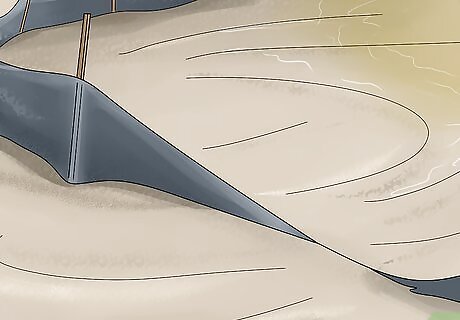
Inspect the fence before and after a heavy rainfall. Look over the fence before and after a rainfall to ensure that it's working properly and that it's not damaged. Silt fences are most likely to break after heavy rain.
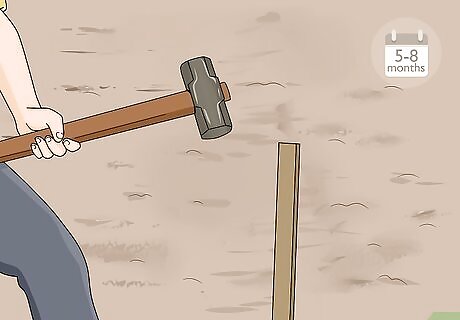
Replace the fence every 5 to 8 months. Self-installed silt fences typically last anywhere from 5 to 8 months. After that point, the silt fabric will need to replaced along with any moldy or damaged wooden stakes.


















Comments
0 comment